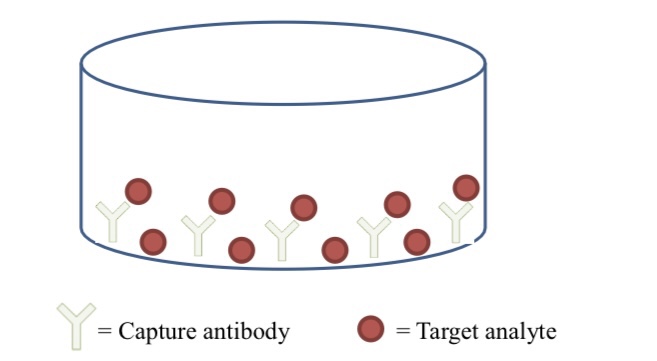
Abnormal binding in sandwich ELISA can arise from various sources, such as non-specific interactions, cross-reactivity, or interference. Here are some common issues which may observed in the picture and potential solutions:
Non-specific Binding:
Issue: Antibodies or other reagents may bind nonspecifically to surfaces or other components.
Solution: Block the surface with a blocking agent such as bovine serum albumin (BSA) or milk, which helps prevent non-specific binding. Optimize wash steps to reduce background.
Cross-reactivity:
Issue: Antibodies may cross-react with similar epitopes on unintended targets.
Solution: Ensure that antibodies are highly specific for the target of interest. If cross-reactivity persists, consider using different antibodies or optimizing conditions.
Wash Buffer Optimization:
Issue: Inadequate washing may lead to carryover of unbound antibodies or other reagents.
Solution: Optimize the wash buffer composition and wash steps to effectively remove unbound components.
Explanation:
Others can be:
High Background:
Issue: High background signal can result from inadequate blocking or excessive antibody concentrations.
Solution: Optimize blocking conditions and antibody concentrations. Test different blocking agents and concentrations to find the best conditions for your assay.
Matrix Effects:
Issue: Components in the sample matrix may interfere with the assay.
Solution: Dilute or pretreat samples to reduce interference. Consider using sample purification methods if matrix effects persist.
Optimize Incubation Conditions:
Issue: Inadequate or excessive incubation times may lead to poor sensitivity or increased background.
Solution: Optimize incubation times for both primary and secondary antibodies. Ensure proper mixing during incubation steps.
Use Proper Controls:
Issue: Lack of appropriate controls may make it difficult to identify abnormal binding.
Solution: Include negative controls (no primary antibody or isotype control) to assess background levels. Positive controls can help monitor assay performance.
